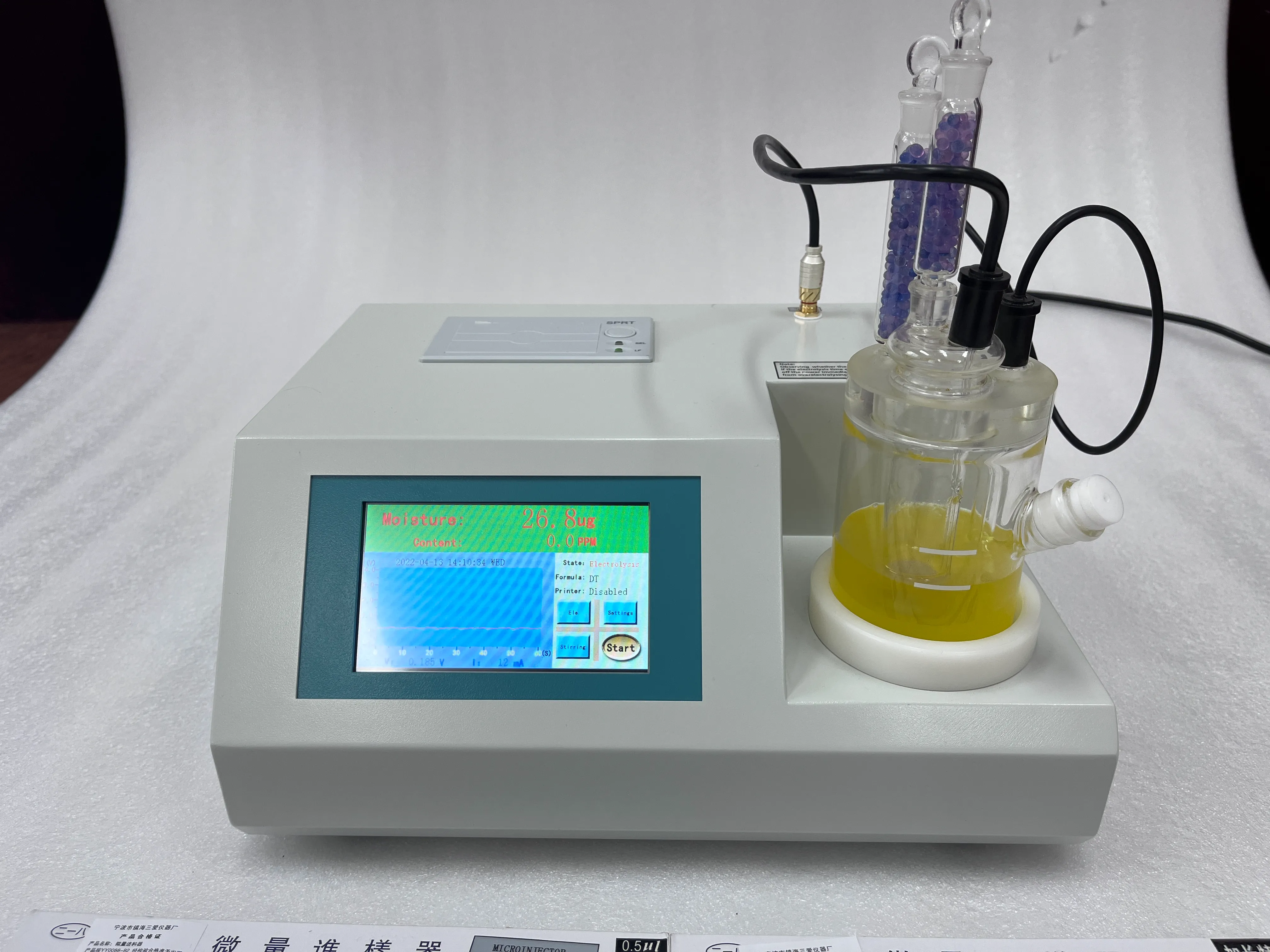 English
English



-
 Afrikaans
Afrikaans -
 Albanian
Albanian -
 Amharic
Amharic -
 Arabic
Arabic -
 Armenian
Armenian -
 Azerbaijani
Azerbaijani -
 Basque
Basque -
 Belarusian
Belarusian -
 Bengali
Bengali -
 Bosnian
Bosnian -
 Bulgarian
Bulgarian -
 Catalan
Catalan -
 Cebuano
Cebuano -
 China
China -
 China (Taiwan)
China (Taiwan) -
 Corsican
Corsican -
 Croatian
Croatian -
 Czech
Czech -
 Danish
Danish -
 Dutch
Dutch -
 English
English -
 Esperanto
Esperanto -
 Estonian
Estonian -
 Finnish
Finnish -
 French
French -
 Frisian
Frisian -
 Galician
Galician -
 Georgian
Georgian -
 German
German -
 Greek
Greek -
 Gujarati
Gujarati -
 Haitian Creole
Haitian Creole -
 hausa
hausa -
 hawaiian
hawaiian -
 Hebrew
Hebrew -
 Hindi
Hindi -
 Miao
Miao -
 Hungarian
Hungarian -
 Icelandic
Icelandic -
 igbo
igbo -
 Indonesian
Indonesian -
 irish
irish -
 Italian
Italian -
 Japanese
Japanese -
 Javanese
Javanese -
 Kannada
Kannada -
 kazakh
kazakh -
 Khmer
Khmer -
 Rwandese
Rwandese -
 Korean
Korean -
 Kurdish
Kurdish -
 Kyrgyz
Kyrgyz -
 Lao
Lao -
 Latin
Latin -
 Latvian
Latvian -
 Lithuanian
Lithuanian -
 Luxembourgish
Luxembourgish -
 Macedonian
Macedonian -
 Malgashi
Malgashi -
 Malay
Malay -
 Malayalam
Malayalam -
 Maltese
Maltese -
 Maori
Maori -
 Marathi
Marathi -
 Mongolian
Mongolian -
 Myanmar
Myanmar -
 Nepali
Nepali -
 Norwegian
Norwegian -
 Norwegian
Norwegian -
 Occitan
Occitan -
 Pashto
Pashto -
 Persian
Persian -
 Polish
Polish -
 Portuguese
Portuguese -
 Punjabi
Punjabi -
 Romanian
Romanian -
 Russian
Russian -
 Samoan
Samoan -
 Scottish Gaelic
Scottish Gaelic -
 Serbian
Serbian -
 Sesotho
Sesotho -
 Shona
Shona -
 Sindhi
Sindhi -
 Sinhala
Sinhala -
 Slovak
Slovak -
 Slovenian
Slovenian -
 Somali
Somali -
 Spanish
Spanish -
 Sundanese
Sundanese -
 Swahili
Swahili -
 Swedish
Swedish -
 Tagalog
Tagalog -
 Tajik
Tajik -
 Tamil
Tamil -
 Tatar
Tatar -
 Telugu
Telugu -
 Thai
Thai -
 Turkish
Turkish -
 Turkmen
Turkmen -
 Ukrainian
Ukrainian -
 Urdu
Urdu -
 Uighur
Uighur -
 Uzbek
Uzbek -
 Vietnamese
Vietnamese -
 Welsh
Welsh -
 Bantu
Bantu -
 Yiddish
Yiddish -
 Yoruba
Yoruba -
 Zulu
Zulu
distribution transformer testing
Understanding Distribution Transformer Testing
Distribution transformers play a crucial role in the electrical power system by stepping down high voltage electricity to a lower voltage suitable for residential and commercial use. Ensuring the reliability and efficiency of these transformers is essential, and this is where distribution transformer testing comes into play. This process is vital for validating the transformer's performance and longevity while ensuring safety standards are met.
Testing distribution transformers involves various methods, each focusing on specific aspects of the transformer's functionality. One of the primary tests is the Insulation Resistance Test, which assesses the integrity of the insulation materials. This test helps identify any potential weaknesses that could lead to electrical faults or failures. A good insulation resistance reading indicates that the transformer can effectively withstand operational voltages without risk of breakdown.
Another critical test is the Transformer Turns Ratio (TTR) Test. This test measures the ratio of the primary to secondary windings and ensures that the transformer operates within specified limits. An incorrect turns ratio can lead to inefficient operation, causing overheating and ultimately shortening the transformer's lifespan. By conducting the TTR test, technicians can confirm that the transformer is correctly configured for its application.
distribution transformer testing

Power factor testing is also essential in the assessment of distribution transformers. This test measures the dielectric losses in the insulation materials, indicating the health of the insulation system. A low power factor can signify degradation, necessitating maintenance or replacement of the transformer. Regular power factor testing can help utilities monitor the condition and performance of their transformers, ultimately enhancing the reliability of the power supply.
Thermal imaging is increasingly being used as a modern testing technique for distribution transformers. By identifying hotspots and thermal anomalies, technicians can detect potential failures before they result in catastrophic outages. This proactive approach to maintenance helps utilities manage their assets more effectively and reduce downtime.
Frequency response analysis is another advanced testing method that evaluates the transformer's mechanical integrity. By applying a range of frequencies, technicians can determine the condition of the windings and detect any anomalies that could lead to failure. This test is particularly valuable in assessing the impact of physical stresses that transformers might encounter over their operational life.
In conclusion, distribution transformer testing is an integral aspect of energy management and reliability in electrical systems. Through various tests such as insulation resistance, TTR, power factor, thermal imaging, and frequency response analysis, utilities can ensure the functionality and longevity of their transformers. By investing in thorough testing and maintenance, organizations can minimize disruptions, enhance operational efficiency, and contribute to a more reliable energy grid. Ultimately, proper testing protocols are essential to safeguard not only the transformers themselves but also the larger infrastructure that relies on their operation.
-
Ensuring SF₆ Gas Safety: Introducing PUSH’s Integrated SF₆ Analyzer for Dew Point, Purity, and Decomposition MonitoringNewsJul.10,2025
-
Exploring the Main Types of Industrial Endoscopes and Their Applications Across IndustriesNewsJul.04,2025
-
Testing Equipment Industry Sees Major Advancements in 2025: Smart & Precision Technologies Lead the WayNewsJun.06,2025
-
Applications of Direct Current Generators in Renewable Energy SystemsNewsJun.05,2025
-
Hipot Tester Calibration and Accuracy GuidelinesNewsJun.05,2025
-
Digital Circuit Breaker Analyzer Features and BenefitsNewsJun.05,2025



